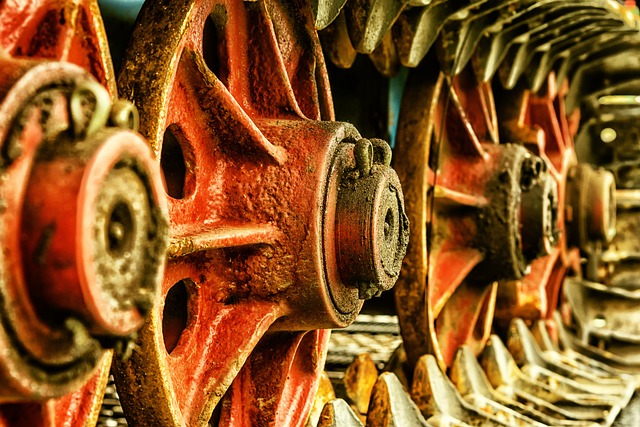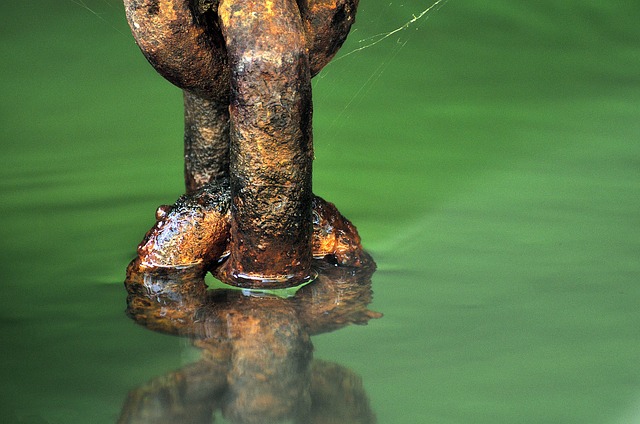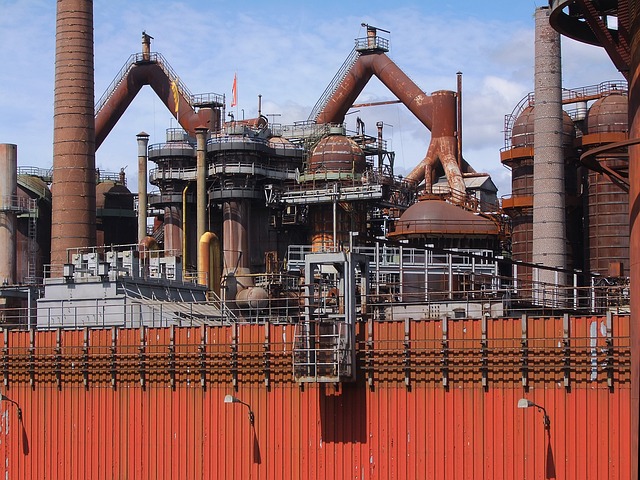The main causes of pipe corrosion in old pipes are oxidation, subpar materials, improper installation, and lack of maintenance, leading to rust, contamination, and water quality issues. Early signs include taste, smell, or appearance changes in tap water. Regular inspections, quick action on corrosion, modern materials, treatment systems, and proactive maintenance can prevent these problems, ensuring a reliable supply of safe drinking water.
Old pipes are a hidden risk in many homes and buildings, potentially leading to water contamination. Over time, pipes can corrode, allowing harmful substances like lead, copper, and bacteria to leach into your drinking water. This article delves into the common causes of pipe corrosion, provides tips on identifying signs of water contamination, and offers preventative measures to ensure safe drinking water. By understanding these issues, you can take proactive steps to protect your health.
- Common Causes of Pipe Corrosion
- Identifying Signs of Water Contamination
- Preventative Measures and Solutions for Safe Drinking Water
Common Causes of Pipe Corrosion

Pipes that have been in place for decades can suffer from corrosion, a common cause of water contamination. Several factors contribute to this issue. One of the primary causes is the natural process of oxidation, where metal pipes react with oxygen and moisture in the water supply, leading to rust and deterioration. Over time, this can cause pipes to become brittle and leak, introducing contaminants into the water.
Another significant factor is the quality of the original materials used in pipe construction. Older pipes might have been made from materials that are now considered substandard or less durable, making them more susceptible to corrosion. Additionally, improper installation techniques or lack of maintenance can accelerate corrosion by allowing moisture and air to penetrate the pipe’s interior, exacerbating the deterioration process.
Identifying Signs of Water Contamination

Water contamination can be a silent issue, often going unnoticed until it becomes a serious problem. Identifying signs of water quality issues is crucial for maintaining a safe and healthy environment. One of the primary indicators is an unusual taste, smell, or appearance of your tap water. If it has a funny odour, tastes metallic, or appears cloudy, discoloured, or gritty, these could be early warnings of contamination.
Common causes of pipe corrosion are often at the root of this problem. Over time, pipes can become damaged and corroded due to various factors such as old age, poor installation, or exposure to harsh chemicals. Corrosion can lead to the leaching of contaminants into the water supply, resulting in health risks and potential damage to plumbing systems. It’s essential to inspect pipes for signs of rust, pitting, or deformation, especially in older homes or buildings where pipe deterioration is more common. Regular maintenance and prompt action when corrosion is detected are vital steps to prevent water contamination.
Preventative Measures and Solutions for Safe Drinking Water

Old pipes can be a significant source of water contamination due to various common causes of pipe corrosion, such as exposure to harsh chemicals, bacteria buildup, and age-related deterioration. To ensure safe drinking water, preventative measures are crucial. Regular maintenance checks can help identify issues early on, including checking for leaks, rust accumulation, and signs of wear and tear. Replacing old pipes with modern, corrosion-resistant materials is another effective solution.
Additionally, using water treatment systems like filters and purifiers can remove contaminants that may have leached into the water supply due to corroded pipes. These systems not only improve taste and odor but also safeguard against potential health risks associated with contaminated water. Implementing these measures can help extend the lifespan of your plumbing system while ensuring a consistent supply of clean, safe drinking water.
Old pipes can be a significant source of water contamination due to their susceptibility to corrosion, which allows contaminants to leach into the drinking water supply. By understanding the common causes of pipe corrosion, such as aging materials, improper installation, and exposure to harsh chemicals, homeowners and property managers can take proactive measures to identify and address potential issues. Regular inspection and maintenance, including replacing old pipes and using water treatment systems, are essential preventative measures to ensure safe and clean drinking water.
